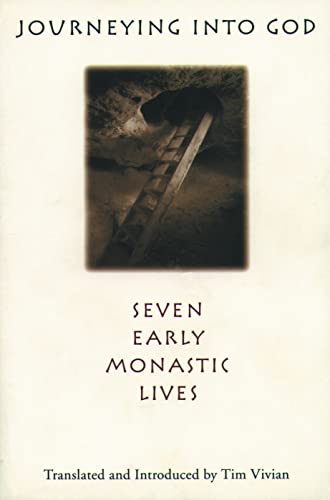The Triumph of Elohim, From Yahwisms to Judaisms. Biblical Exegesis and Theology 13
Written by Diana V. Edelman Reviewed By Richard S. HessThis work sets out to explore the inclusive monotheism of ancient Israel, i.e. the presence of a variety of deities tolerated and subsumed under one name. This was apparently introduced by Zoroastianism and brought to an end the polytheism that was present through the pre-exilic period. Edelman argues that the exclusive use of Yahweh (along with the generic word for ‘god’, el) in personal names in the Bible and on seals of the pre-exilic period reveals the upper call status of the name bearers who sought advancement in the state by naming children after the state deity. It must have been a huge upper class given the large number of seals and other sources for names! The presence of various deities in the pantheon of Yahweh is explored by Handy who identifies four levels of status with Yahweh and Asherah at the top. He uses evidence from the first millennium to recreate the development of Yahweh as chief deity of the pantheon in Israel and Judea. Schmidt suggests that the aniconic tradition was limited to the prohibition of images of the deity as person, animal or astral body. Thus a horned Phoenician demon could depict Yahweh, as found on the Kuntillet Ajrud pithos. Thompson reflects on ‘inclusive monotheism’ as a product of Persian and Hellenistic perceptions that created, rather than influenced, much of biblical tradition. Bolin considers a letter from the leader of the Jewish community at Elephantine to the Persian authorities in which he equates the local Jewish deity, Yahu, with the Persian high god, Ahura Mazda. Davies contributes an evaluation of Hecataeus and Ben Sira as well as the matters of circumcision and the appearance of scriptures as indicators of the emergence of Judaism.
Edelman’s concluding article discusses the depiction of deities on coins in the Persian and Hellenistic periods. There seems to have been no objection to their appearance until the end of the Persian period at which time substitutes were sought. Under both Ptolemaic and Seleucid control, Palestine continued to avoid minting coins with pictures of deities or rulers so portrayed, except for a brief time during the reign of Antiochus Epiphanes IV. This collection of articles reflects a commonly agreed presupposition that the biblical sources’ portrayal of a monotheism in the pre-exilic period of Israel’s history was either non-existent or insignificant for study.
Richard S. Hess
Denver Seminary, Denver







